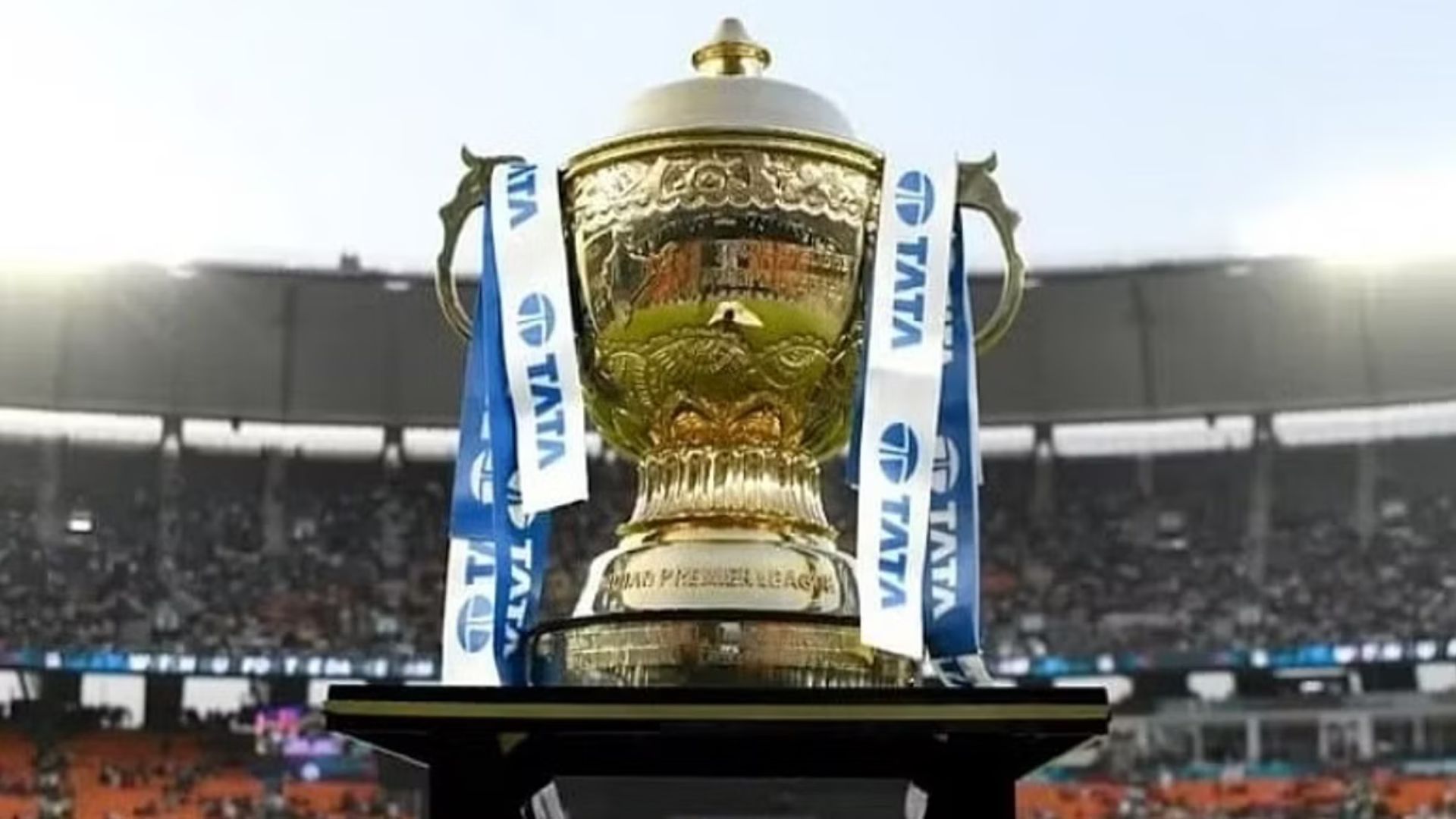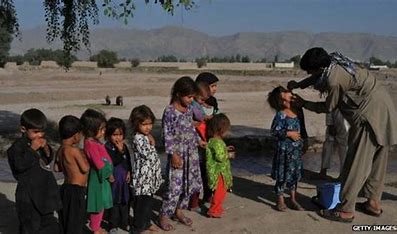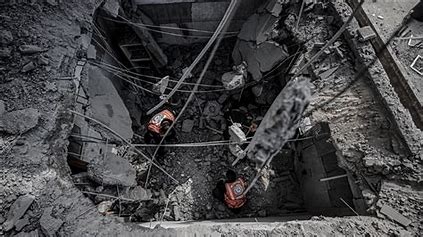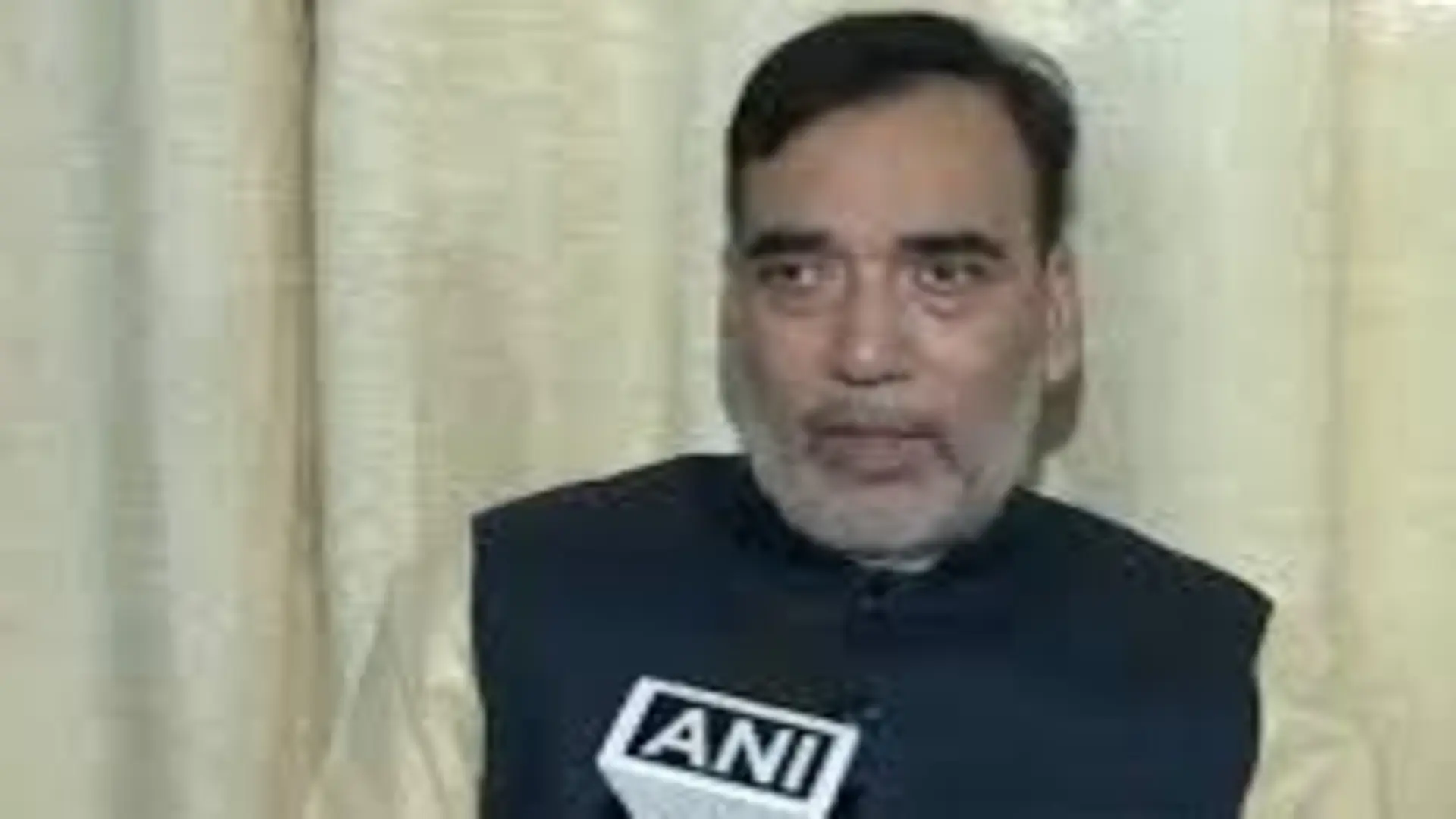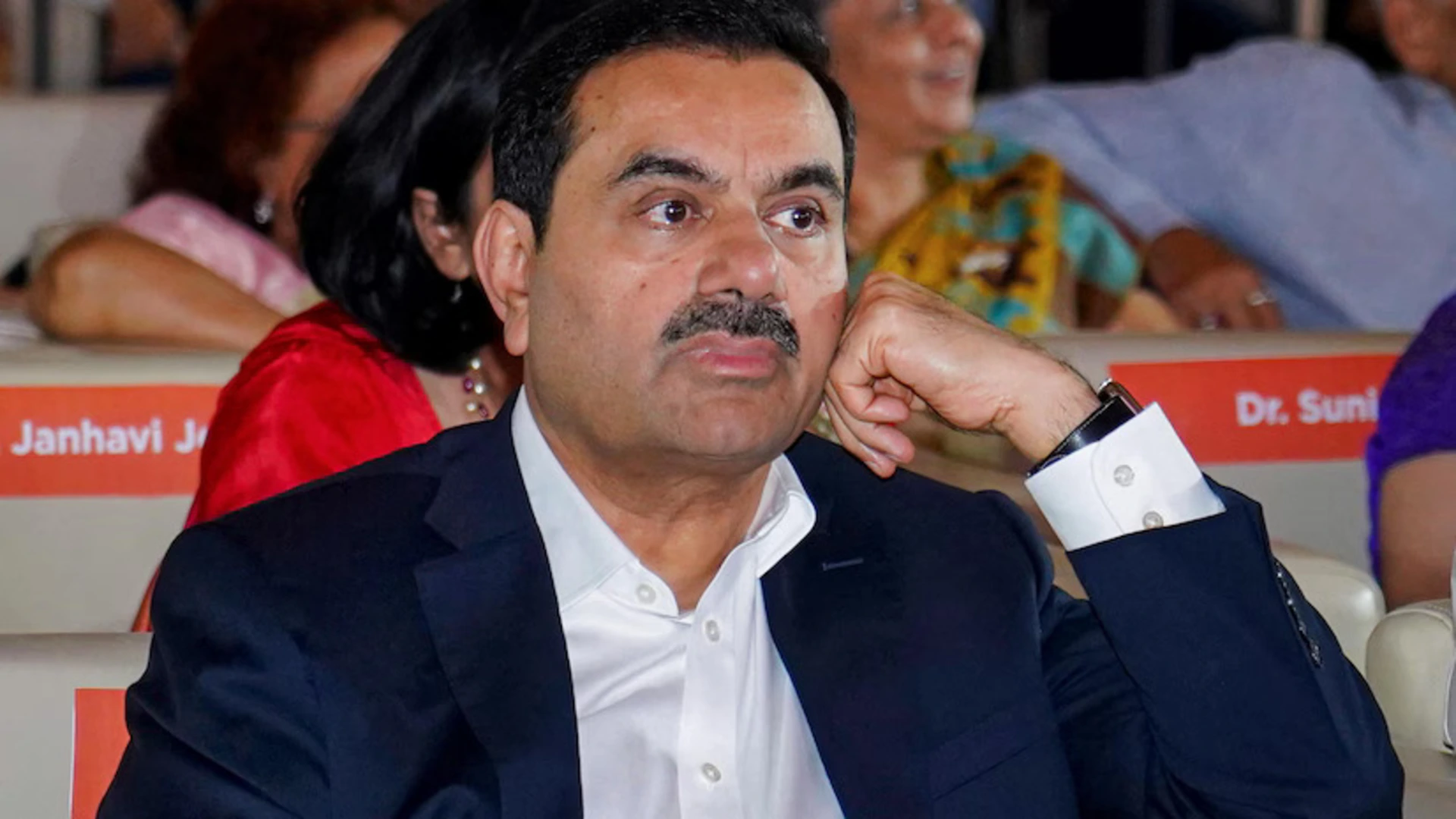
Presidents come and go, but the Supreme Court goes on forever. It is a popular quote by renowned American Historian Henry Fowles Pringle in 1939.
Since then over eight decades have passed but his quote still holds the same gravity and relevance.
India has one of the oldest legal systems in the world. Its law and jurisprudence stretches back into the centuries, forming a living tradition which has grown and evolved with the lives of its diverse people. India’s commitment to law is created in the Constitution which constituted India into a Sovereign Democratic Republic, containing a federal system with a Parliamentary form of Government in the Union and the States, an independent judiciary, guaranteed Fundamental Rights and Directive Principles of State Policy containing objectives which though not enforceable in law are fundamental to the governance of the nation.
SOURCES OF LAW
According to the https://main.sci.gov.in/constitution, the fountain source of law in India is the Constitution which, in turn, gives due recognition to statutes, case law and customary law consistent with its dispensations. Statutes are enacted by Parliament, State Legislatures and Union Territory Legislatures. There is also a vast body of laws known as subordinate legislation in the form of rules, regulations as well as by-laws made by Central and State Governments and local authorities like Municipal Corporations, Municipalities, Gram Panchayats and other local bodies.
This subordinate legislation is made under the authority conferred or delegated either by Parliament or State or Union Territory Legislature concerned. The decisions of the Supreme Court are binding on all Courts within the territory of India. As India is a land of diversities, local customs and conventions which are not against statute, morality, etc. are to a limited extent also recognised and taken into account by Courts while administering justice in certain spheres.
ENACTMENT OF LAWS
The Indian Parliament is competent to make laws on matters enumerated in the Union List. State Legislatures are competent to make laws on matters enumerated in the State List. While both the Union and the States have power to legislate on matters enumerated in the Concurrent List, only Parliament has power to make laws on matters not included in the State List or the Concurrent List. In the event of repugnancy, laws made by Parliament shall prevail over laws made by State Legislatures, to the extent of the repugnancy. The State law shall be void unless it has received the assent of the President, and in such case, shall prevail in that State.
APPLICABILITY OF LAWS
Laws made by Parliament may extend throughout or in any part of the territory of India and those made by State Legislatures may generally apply only within the territory of the State concerned. Hence, variations are likely to exist from State to State in provisions of law relating to matters falling in the State and Concurrent Lists.
JUDICIARY
One of the unique features of the Indian Constitution is that, notwithstanding the adoption of a federal system and existence of Central Acts and State Acts in their respective spheres, it has generally provided for a single integrated system of Courts to administer both Union and State laws. At the apex of the entire judicial system, exists the Supreme Court of India below which are the High Courts in each State or group of States. Below the High Courts lies a hierarchy of Subordinate Courts. Panchayat Courts also function in some States under various names like Nyaya Panchayat, Panchayat Adalat, Gram Kachheri, etc. to decide civil and criminal disputes of petty and local nature. Different State laws provide for different kinds of jurisdiction of courts. Each State is divided into judicial districts presided over by a District and Sessions Judge, which is the principal civil court of original jurisdiction and can try all offences including those punishable with death. The Sessions Judge is the highest judicial authority in a district. Below him, there are Courts of civil jurisdiction, known in different States as Munsifs, Sub-Judges, Civil Judges and the like. Similarly, the criminal judiciary comprises the Chief Judicial Magistrates and Judicial Magistrates of First and Second Class.
CONSTITUTION OF SUPREME COURT
On the 28th of January, 1950, two days after India became a Sovereign Democratic Republic, the Supreme Court came into being. The inauguration took place in the Chamber of Princes in the Parliament building which also housed India’s Parliament, consisting of the Council of States and the House of the People. It was here, in this Chamber of Princes, that the Federal Court of India had sat for 12 years between 1937 and 1950. This was to be the home of the Supreme Court for years that were to follow until the Supreme Court acquired its own present premises.
The inaugural proceedings were simple but impressive. They began at 9.45 a.m. when the Judges of the Federal Court – Chief Justice Harilal J.Kania and Justices Saiyid Fazl Ali, M. Patanjali Sastri, Mehr Chand Mahajan, Bijan Kumar Mukherjea and S.R.Das – took their seats. In attendance were the Chief Justices of the High Courts of Allahabad, Bombay, Madras, Orissa, Assam, Nagpur, Punjab, Saurashtra, Patiala and the East Punjab States Union, Mysore, Hyderabad, Madhya Bharat and Travancore-Cochin. Along with the Attorney General for India, M.C. Setalvad were present the Advocate Generals of Bombay, Madras, Uttar Pradesh, Bihar, East Punjab, Orissa, Mysore, Hyderabad and Madhya Bharat. Present too, were the Prime Minister, other Ministers, Ambassadors and diplomatic representatives of foreign States, a large number of Senior and other Advocates of the Court and other distinguished visitors.
Taking care to ensure that the Rules of the Supreme Court were published and the names of all the Advocates and agents of the Federal Court were brought on the rolls of the Supreme Court, the inaugural proceedings were over and put under part of the record of the Supreme Court.
After its inauguration on January 28, 1950, the Supreme Court commenced its sittings in a part of the Parliament House. The Court moved into the present building in 1958. The building is shaped to project the image of scales of justice. The Central Wing of the building is the Centre Beam of the Scales. In 1979, two New Wings – the East Wing and the West Wing – were added to the complex. In all there are 19 Court Rooms in the various wings of the building. The Chief Justice’s Court is the largest of the Courts located in the Centre of the Central Wing.
The original Constitution of 1950 envisaged a Supreme Court with a Chief Justice and 7 puisne Judges – leaving it to Parliament to increase this number. In the early years, all the Judges of the Supreme Court sat together to hear the cases presented before them. As the work of the Court increased and arrears of cases began to cumulate, Parliament increased the number of Judges from 8 in 1950 to 11 in 1956, 14 in 1960, 18 in 1978, 26 in 1986, 31 in 2009 and 34 in 2019 (current strength). As the number of the Judges has increased, they sit in smaller Benches of two and three – coming together in larger Benches of 5 and more only when required to do so or to settle a difference of opinion or controversy.
The Supreme Court of India comprises the Chief Justice and not more than 33 other Judges appointed by the President of India. Supreme Court Judges retire upon attaining the age of 65 years. In order to be appointed as a Judge of the Supreme Court, a person must be a citizen of India and must have been, for atleast five years, a Judge of a High Court or of two or more such Courts in succession, or an Advocate of a High Court or of two or more such Courts in succession for at least 10 years or he must be, in the opinion of the President, a distinguished jurist. Provisions exist for the appointment of a Judge of a High Court as an Ad-hoc Judge of the Supreme Court and for retired Judges of the Supreme Court or High Courts to sit and act as Judges of that Court.
The Constitution seeks to ensure the independence of Supreme Court Judges in various ways. A Judge of the Supreme Court cannot be removed from office except by an order of the President passed after an address in each House of Parliament supported by a majority of the total membership of that House and by a majority of not less than two-thirds of members present and voting, and presented to the President in the same Session for such removal on the ground of proved misbehaviour or incapacity. A person who has been a Judge of the Supreme Court is debarred from practising in any court of law or before any other authority in India.
The proceedings of the Supreme Court are conducted in English only. Supreme Court Rules,
1966 and Supreme Court Rules 2013 are framed under Article 145 of the Constitution to regulate the practice and procedure of the Supreme Court.
SUPREME COURT REGISTRY
The Registry of the Supreme Court is headed by the Secretary General who is assisted in his work by eleven Registrars, and twenty five Additional Registrars etc. Article 146 of the Constitution deals with the appointments of officers and servants of the Supreme Court Registry.
ATTORNEY GENERAL
The Attorney General for India is appointed by the President of India under Article 76 of the Constitution and holds office during the pleasure of the President. He must be a person qualified to be appointed as a Judge of the Supreme Court. It is the duty of the Attorney General for India to give advice to the Government of India upon such legal matters and to perform such other duties of legal character as may be referred or assigned to him by the President. In the performance of his duties, he has the right of audience in all Courts in India as well as the right to take part in the proceedings of Parliament without the right to vote. In discharge of his functions, the Attorney General is assisted by a Solicitor General and twenty three Additional Solicitors General.
SUPREME COURT ADVOCATES
There are three categories of Advocates who are entitled to practise law before the Supreme Court of India:-
(i) SENIOR ADVOCATES
These are Advocates who are designated as Senior Advocates by the Supreme Court of India or by any High Court. The Court can designate any Advocate, with his consent, as Senior Advocate if in its opinion by virtue of his ability, standing at the Bar or special knowledge or experience in law the said Advocate is deserving of such distinction. A Senior Advocate is not entitled to appear without an Advocate-on-Record in the Supreme Court or without a junior in any other court or tribunal in India. He is also not entitled to accept instructions to draw pleadings or affidavits, advise on evidence or do any drafting work of an analogous kind in any court or tribunal in India or undertake conveyancing work of any kind whatsoever but this prohibition shall not extend to settling any such matter as aforesaid in consultation with a junior.
(ii) ADVOCATES-ON-RECORD
Only these Advocates are entitled to file any matter or document before the Supreme Court. They can also file an appearance or act for a party in the Supreme Court.
(iii) OTHER ADVOCATES
These are Advocates whose names
are entered on the roll of any State Bar Council maintained under the Advocates Act, 1961 and they can appear and argue any matter on behalf of a party in the Supreme Court but they are not entitled to file any document or matter before the Court.
